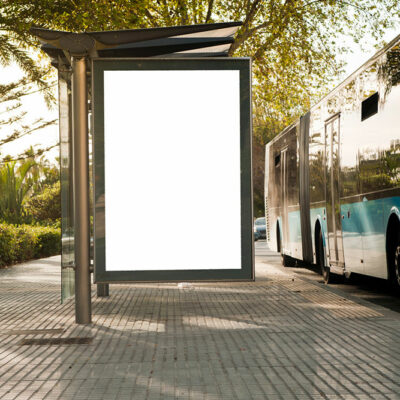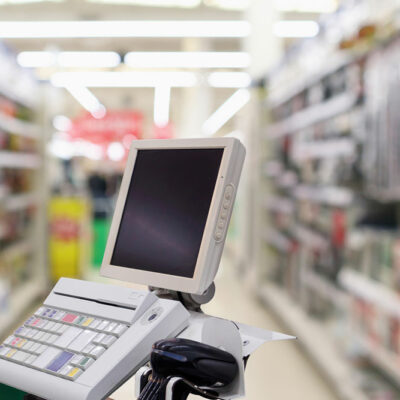
7 freight billing frauds to be aware of
Trucking businesses need a billing system to help keep track of shipment loads, amounts, and other variables. Freight bill factoring is a practice that makes up a significant part of the trucking business. It allows businesses to sell their invoices to another person for cash. However, this, and some other practices, make companies vulnerable to freight billing fraud. Scammers take advantage of lenient company verification processes and their billing activities and commit the following frauds. Layering for funds Fraudsters employ this method of cheating when they want to make it difficult for their activities to be detected. In this practice, they try to interconnect some fraudulent and authentic transactions that can help create confusion for the company they are dealing with. The layering technique is employed to divert the companies’ attention from the actual fraud and confuse them with smaller, less prominent activities. These multiple fraudulent activities are intertwined together, making it complicated for the company to trace where the activities are originating from. They might have to deal with more than a handful of false transactions. Thus, companies should have robust systems that can help them monitor and analyze every transaction. It might help them unravel the knots and find the starting point of these complications.
Read Article 









